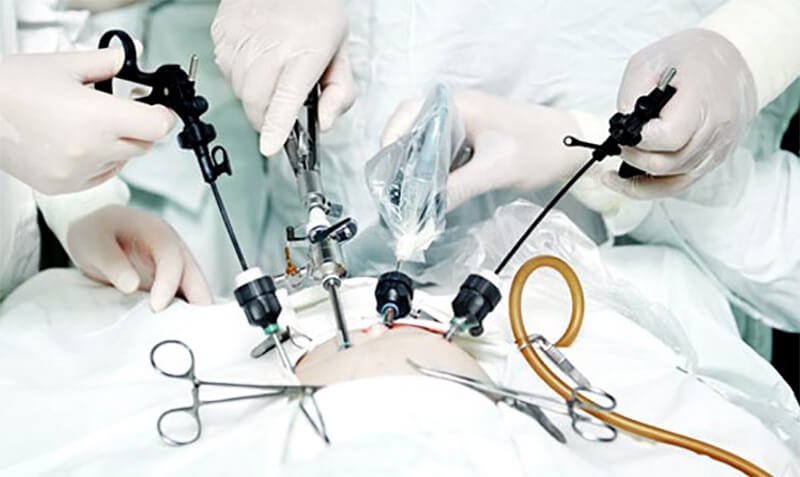Obese patients have major benefits with minimally invasive surgery because operations that involve long incisions on a large amount of subcutaneous tissue are more likely to get infections, wound dehiscence, and pain.
These surgeries may also be more tolerable for people who have chronic pain issues, and for whom a large incision may result in more medicine to manage the pain, something that typically can be avoided with minimally invasive surgery.
Elderly people may also benefit from small incisions. Because of less pain, they can be mobilised early, which leads to fewer chances of clotting of blood in the legs.


